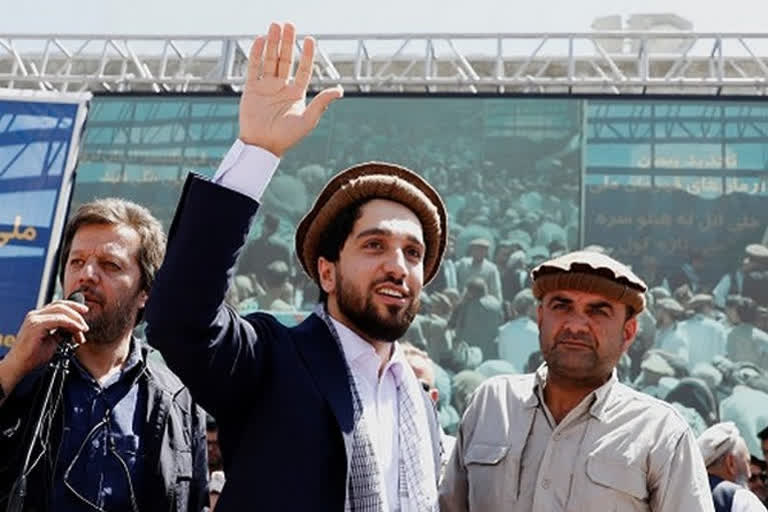New Delhi: Known to be the 'valley of the brave', Panjshir is not just one valley, but a series of about 21 connected sub valleys that are mostly located along the Panjshir river that snakes its way down from the Hindukush girdled by tall 3,000-metre-high peaks all along the way. The about 100-km long valley is connected to the road from the northern Kabul plains by a mountain pass not very far from which is the provincial capital of Bazarak.
The longish valley with craggy peaks, a very rocky outcrop and the deep gorges, is home to a clan of mostly Tajik people who take fierce pride in their fighting prowess especially in guerilla-style 'hit-and-run tactics'. It helps bleed the invading adversary over a long period of time. The disadvantage is clear for the invaders or the outsiders as opposed to the locals who simply have to melt into the mountains to hit back at a time and place of their choosing.
The beautiful but difficult land and its untamed people have triumphed with their banners of revolts from the time of Alexander the Great in the fourth century BC when Panjshir was part of the Bactria-Sogdiana region, to the times of colonial Britain, the Soviet Russians, and even during the first stint of the Taliban from 1996 to 2001 when the Northern Resistance led by the legendary Ahmed Shah Massoud came into being.
It is not that no one had been able to enter the valley—like for the instance of the Soviets who occupied it before they had to abandon the valley in the face of incessant insurgency in the form of guerrilla attacks.
Also Read:SC refuses option to change centres in NEET exams
Therefore, even as a black turbaned unidentified Taliban official raised the white-coloured Taliban flag atop the residence of the governor of Panjshir at about 7.30 am on Monday (September 6, 2021), it by no means signified the end of resistance against the Taliban that had taken control of the war-ravaged Afghanistan in a series of 'blitzkrieg' offensives that began on May 1. By August 15, Kabul was taken.
Predictably, on Wednesday, National Resistance Force (NRF) leader and foreign affairs spokesperson Ali Nazary said in an interview to a TV channel: "The Taliban haven't taken the province, they have only taken the main road and the provincial centre is located near the main road. So this is why they were able to hoist their flag."
